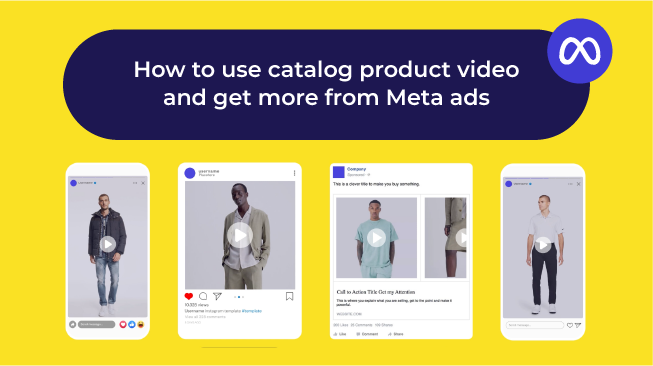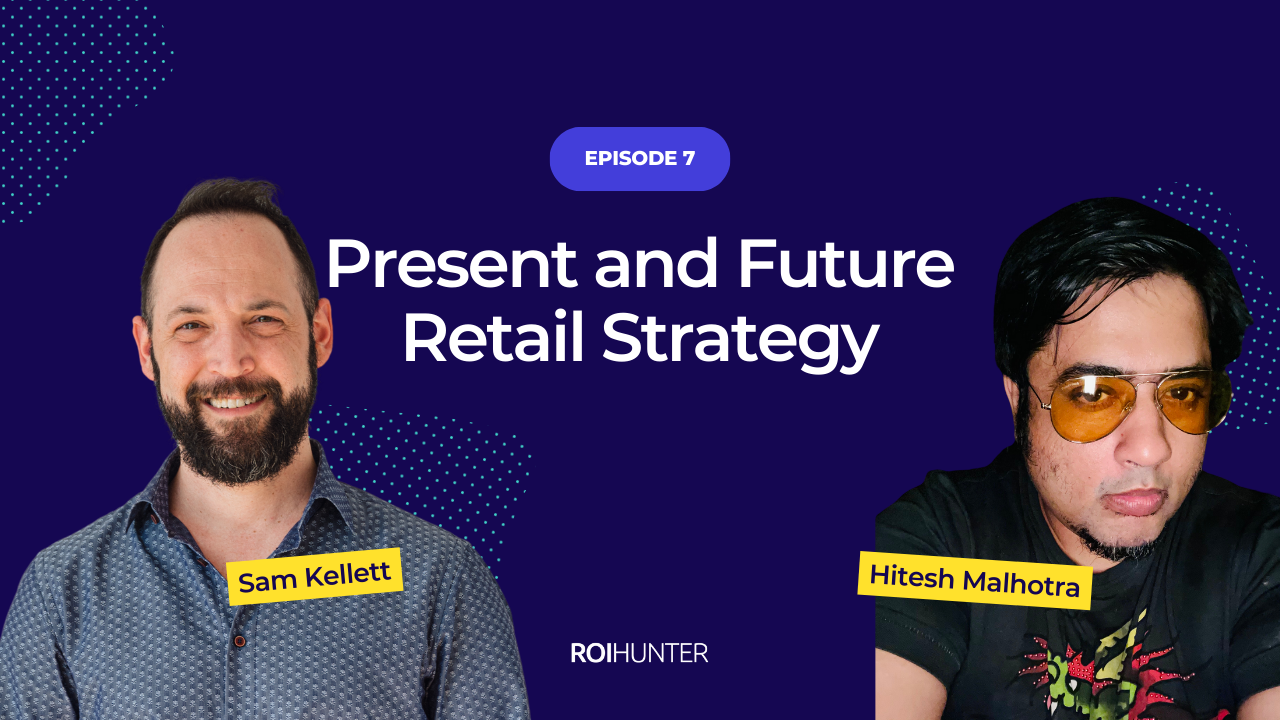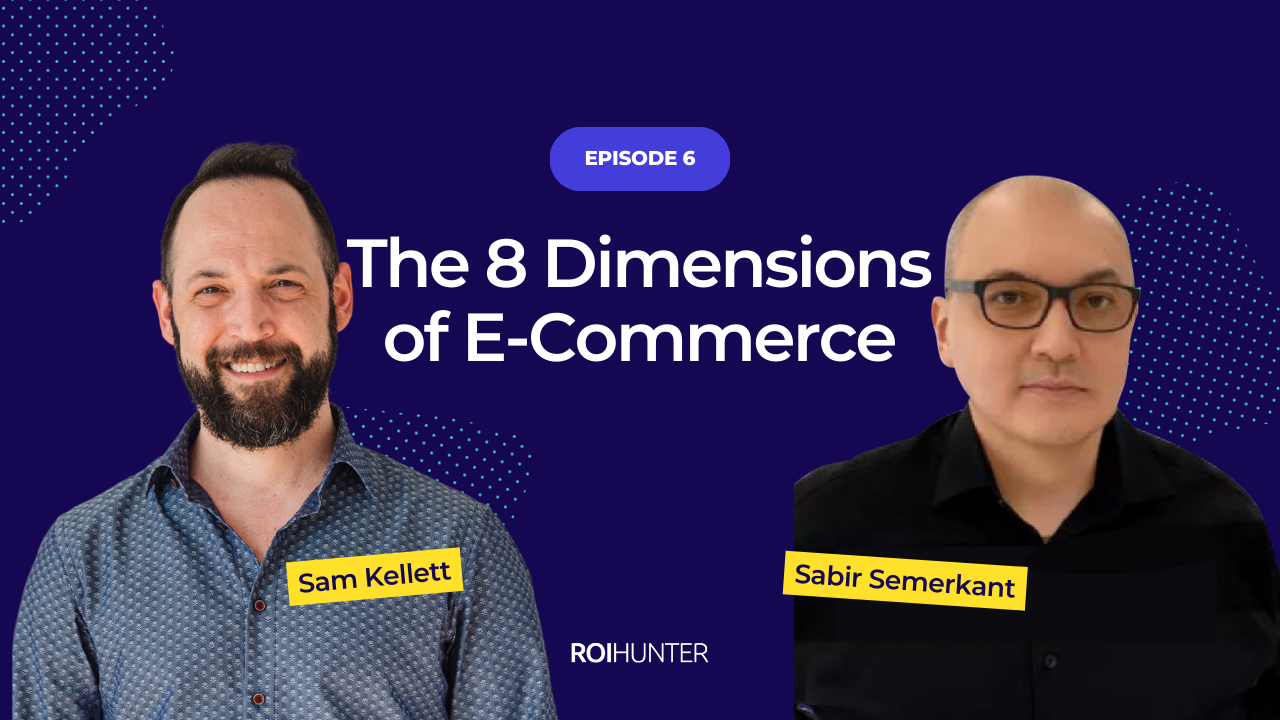It’s all well and good to know that danger is on the horizon, but none of it really matters unless you can do something to fix the problem. COVID-19 has created a difficult situation for both retailers and suppliers, particularly those in fashion. McKinsey’s State of Fashion 2020 reveals that over 65% of consumers across the US and Europe intend to decrease their apparel spending.
Far from being ready to weather this problem, many companies still find themselves stuck with items they were planning to sell in the Spring we never had. And companies with a brick-and-mortar focus may be in for an extra problem: reports are coming in like this one, which shows that 20% of UK shoppers have no intention of returning to physical stores, even once the lockdowns lift.
Here are our four favorite ways to deal with our new normal, and make it through to the other side:
Capitalize On Consumer Shifts in Behavior
COVID-19 has pushed everyone inside, and many people are now trying out online shopping for items they previously would have purchased in-store. Across Europe, 13% of consumers are browsing fashion online for the first time. Make them your new customers!
Apart from running ads targeting your usual audience, try a campaign that excludes the group you normally market to. Focus this campaign on your new potential customers, with exciting promotions and first-time-buyer deals.
Though cash-on-hand may be tight, right now is an ideal time to advertise.
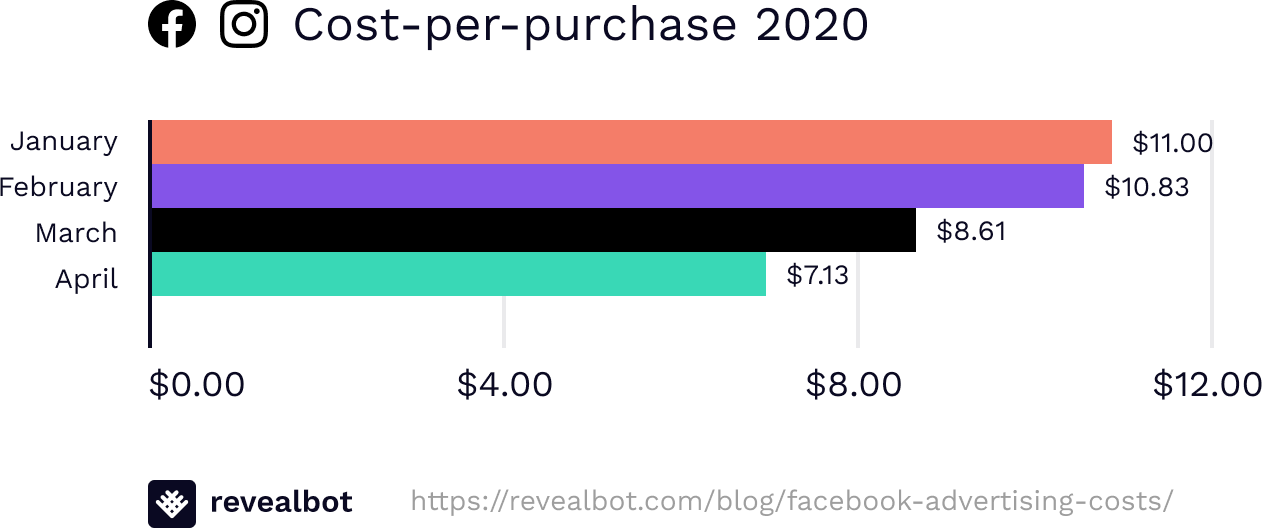
For those advertising on Facebook, the total marketing cost per purchase has decreased dramatically since January, as the volume of ads has dipped during COVID-19.
If you’re a retailer with both an online and a brick-and-mortar presence, you can also lead traffic from your site to your offline store through dynamic ads. Run geo-targeted ads toward consumers in the surrounding areas of your store(s). You can measure your success based on offline conversions, which can be automatically matched with a customer’s Facebook profile if you have their phone number or email address.
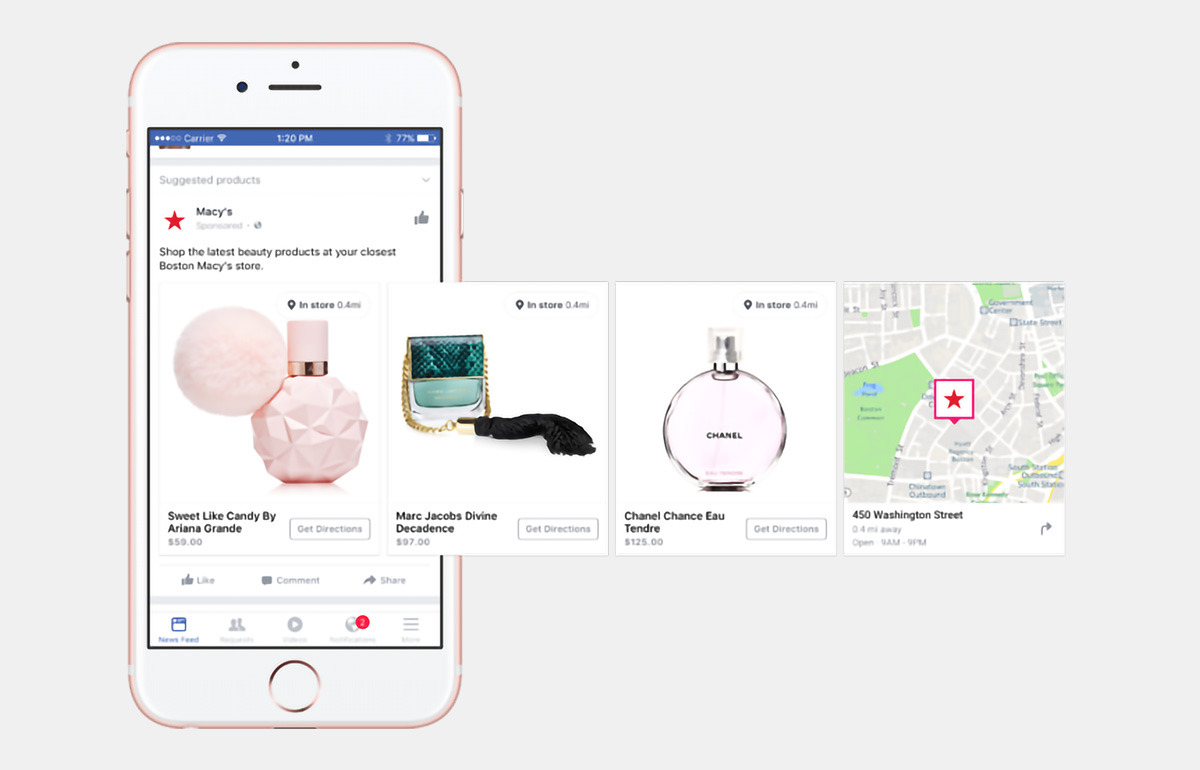
Clear Your Spring Stock
First of all, you should do what you can to clear the deadstock that was once your Spring collection. And do it as profitably as you can.
Some brands have gotten creative with this, putting together timely “Work-From-Home” collections to sell to an audience that is either stuck inside, or simply spending more time working from home than ever before. It is an interesting strategy but it can work only if your marketing team adjusts the way they promote products - take a look at our discussion of goal-based product groups for Smart Shopping for more details.
Keep Your Discounting as Profitable as Possible

How steep of a discount were you planning? Cut that discount in half and put the amount you save toward promotion. Slice a 30% discount down to 15% and make sure your target customer sees the sale item enough times to convert.
Retailers who discount too heavily now are cannibalizing the future of their company.
From McKinsey’s State of Fashion 2020:
“...a decade-long build-up of bargain shopping culture will be exacerbated by a rise in anti-consumerism, a glut in inventory and cash-strapped consumers looking to trade down or turn to off-price channels.”
We’ve been inflating discounts ever since the birth of the discount economy, following the 2008 recession. Even before COVID-19 reared its head, discounts were back to 2008 levels. And now consumers expect them.
Italy is already seeing a 20% year-over-year increase in the number of discounted items. Remember: we’re not even into Q3 yet! If your discounts are already at their max, then what’s the plan for Black Friday?
Invest more into marketing instead: clear your excess Spring inventory, and round up as many new customers as you can.
Remove Small Inefficiencies That Are Holding You Back
“Are you telling me I need to be marketing aggressively, and saving money to prepare for the future?”
Yes. Yes I am. But don’t worry, you can save that money by eliminating inefficiencies you may not have noticed before; enough to stay cash-flow positive.
- Make sure your dynamic campaigns aren’t promoting products with sold-out variants (size, color). If all you have left is a couple lime-green XXXL shirts, then you’re wasting budget (and customer patience) by promoting it. The social algorithms are tracking interaction, not profitability. Items that are sold out of most variants tend to be pretty popular, meaning that they’ll be pushed even more. Here’s a way to automatically exclude these products.
- Track down your items with high return rates, and exclude them from your campaigns. This is another situation where social algorithms can come back to haunt you: Facebook isn’t tracking whether or not an item is returned, just if it is purchased. Those highly returned items are also highly purchased; sometimes the same item is returned and sold again, meaning they may have even more interaction than popular items without returns. And so, Facebook will promote them with extra vigor if you don’t exclude them. It’s possible to find these items by manually sifting through your data, but ROI Hunter clients can also automatically track and filter out these items with the Product Insights feature.
- Remarket your products more effectively by excluding the visitors who bounced e.g. left within 5 seconds. Retargeting them will only cost you budget, and may negatively affect the feedback on your ads. Take a look at our Refine Audience feature for more details on how this works.
- Make sure your Real-Time Bidding campaigns and Google Display Network campaigns aren’t running in parallel. You will end up competing with and outbidding yourself for the same users.
- Review the branded keywords you use to ensure you’re not spending your budget on words you would rank for organically.

